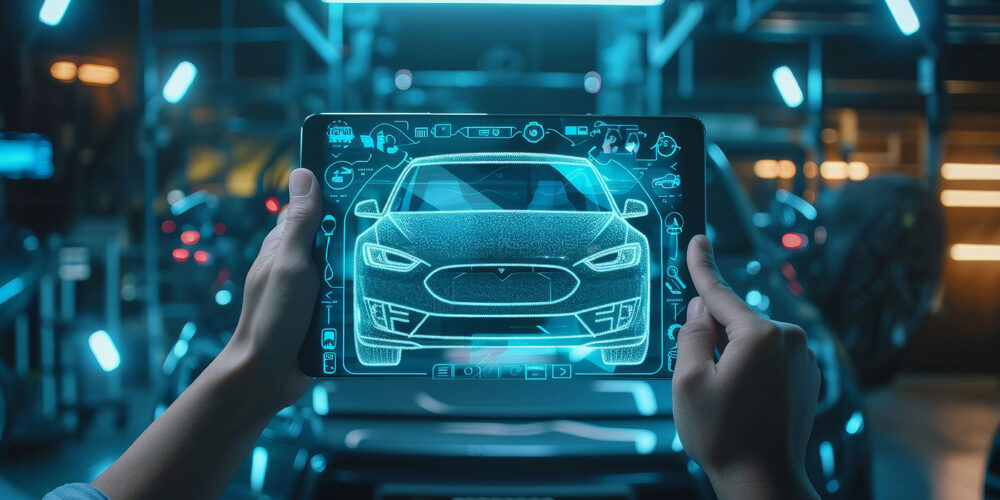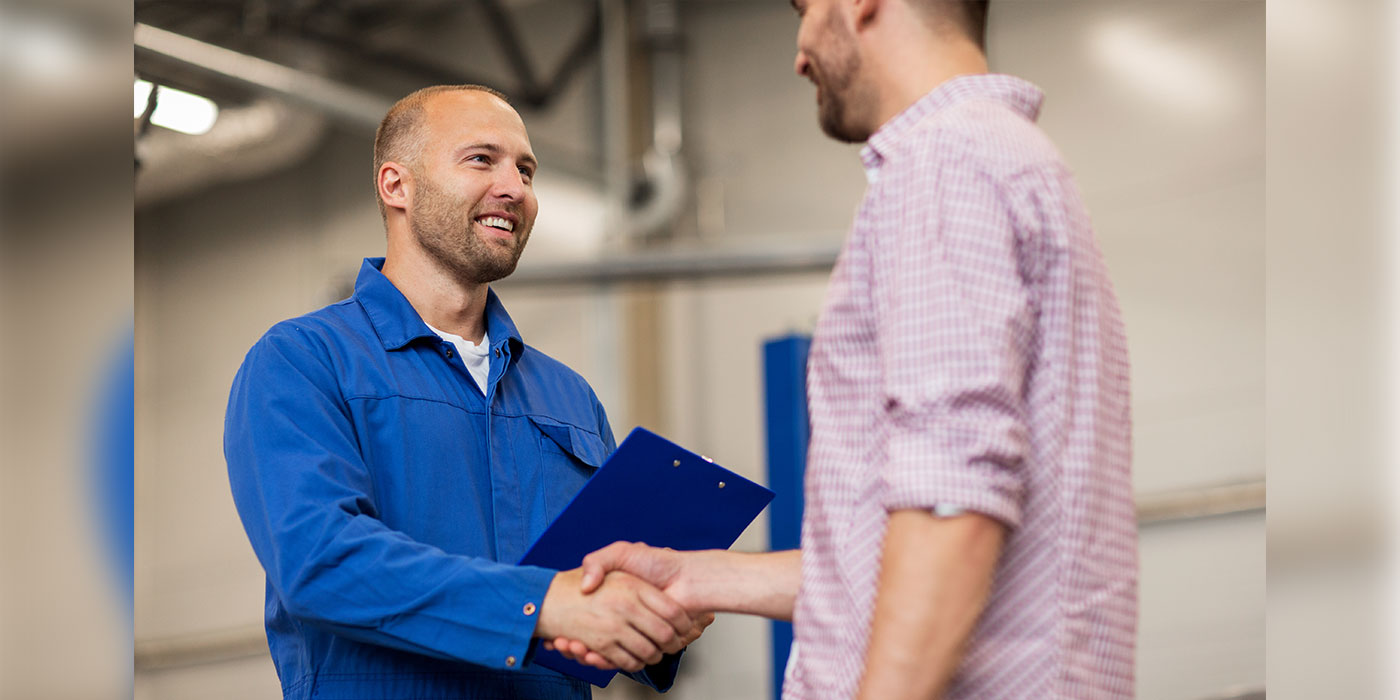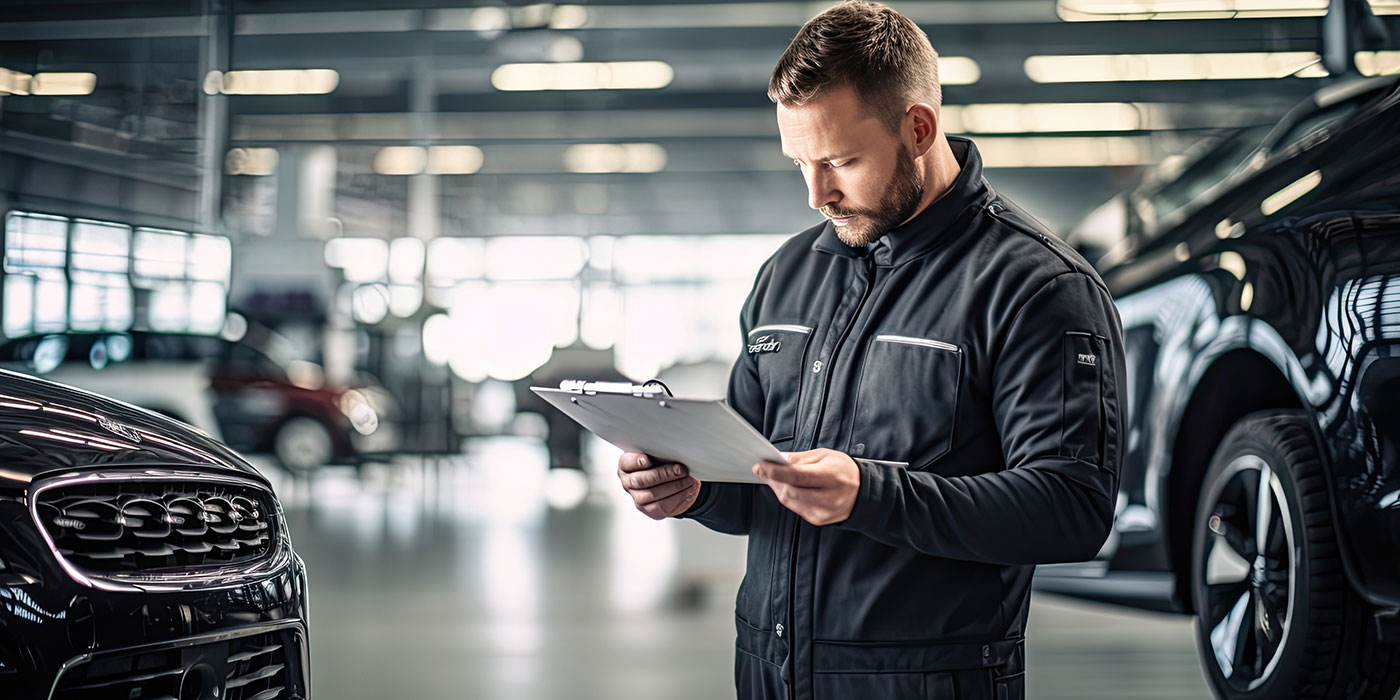With the auto industry continuously evolving, we see major technology advancements regularly. While the majority of advancements in the auto industry are designed to improve roadway safety, as well as the safety and reliability of all vehicles, some of the technology is not always received positively.
Since technology in the auto industry can either be life-saving or have life-threatening consequences, we were curious to see how legal experts feel about technology advancements in the auto industry, some of their predictions, and whether or not advancements improve or worsen roadway safety.
Consultwebs asked seven legal experts, throughout the nation, about their predictions for technology advancement within the auto industry in 2019. The company then followed up by asking their opinion about whether or not technology is too invasive for drivers.
Here’s what they had to say:
What are your predictions for technology advancement within autos in 2019? What innovations do you think could be coming to make cars, travel and roads safer?
Automobiles continue to get safer and are now smarter than ever. The past decades have seen advancements in automobile design and the materials used to make cars and trucks safer, including crumple zones, stronger passenger compartments and airbags.
While design and material changes continue to move forward, the past decade has seen another class of innovation in vehicles. The upcoming year will continue to see automobile advancement in the area of driver assistance.
Automobile manufacturers are utilizing radar technology in automobiles to attempt to eliminate or minimize the impact of collisions. Manufacturers will use more advanced radar technology to detect vehicles in blind spots as well as in the front of vehicles.
Improvements in this technology will continue to see smarter cars take safer and more effective emergency action to avoid and minimize collision. Some manufacturers will allow the vehicle to take evasive action, while others will do more to alert drivers.
There have been many exciting advances in safety technology in recent years. Features like automatic emergency braking, lane departure warning and blind spot detection systems help to prevent crashes. However, cars with those features are expensive. Hopefully, in 2019, the technology will become more affordable and accessible to everyone.
It is not surprising that one of the most exciting innovations steadily rolling its way into our reality are driverless cars. Taking the human element out of driving is likely to lead to faster reaction times, safer speeds and fewer distracted drivers on the road.
New vehicles are already equipped with things like cameras, radar and LIDAR technology to assess the road ahead and analyze the potential for collisions. Many newer vehicles are programmed with autonomous systems like autonomous emergency braking (AEB) to know when another vehicle stops abruptly and cameras to know when you are drifting outside of your lane.
As a calculator will perform times tables faster than a 10-year-old, a computer embedded in your vehicle will be able to react at a much faster speed than a driver balancing thoughts of the grocery store and picking up their child from soccer.
The use of autonomous brake systems will likely lead to a dramatic decrease in the amount of rear end collisions we see every day due to a driver taking that extra glance at the radio, a phone message, looking down for a second too long to only cause a fender bender to slow down everyone’s commute.
One of the hopes with driverless vehicles is to make travel more efficient, thereby decreasing time on the road and traffic.
We are in an era of technological transformation in the auto industry. Many safety features are being added to new vehicles to assist drivers and prevent accidents. In the next year, 70 percent of new cars will have intelligent dashboards that project information such as vehicle speed and turn-by-turn directions onto the windshield in the driver’s line of sight. That will allow drivers to keep their eyes focused on the road and will make roads safer.
While traveling recently, we picked up a rental car at the airport. It was a 2019 model vehicle and had some impressive safety features such as a blind spot information system, a lane centering system and alerts to prevent a driver from making unsafe lane changes.
The vehicle started to drift toward the shoulder of the highway at one point and the technology corrected the drift to move the vehicle back into the center of the lane. These kinds of innovative driver assistance features will become standard on most vehicles in the next few years and will help prevent crashes and keep our roads safer.
In what ways are technology advancements actually causing more of a distraction for drivers in 2019? Is technology becoming too invasive for drivers? Is it causing more trouble than it provides value?
Navigation systems are a feature that you find in many new cars today, but they are extremely distracting. If a driver looks up an address while driving, it takes their hands off the wheel, their eyes off the road and their mind off driving — and that may go on for 30 seconds or longer. The features create more danger than the value provided, in that sense.
The combination of entertainment, communication and navigation features that you find in many cars today make it too difficult for drivers to focus on the only thing that they should be focused on when they are behind the wheel — driving. Unfortunately, consumers demand and expect these types of features. Automakers will continue to add more and more of them — and that is only going to lead to more and more crashes.
Herrmann & Herrmann adds:
There is an inevitable push back to technological advancement. People are inherently concerned with new technology that they don’t understand. It is no surprise then that there is pushback to technological advancements in automobile safety. It wasn’t that long ago that people refused to wear seatbelts.
Currently, people are pushing back against new smart technology in automobiles. Manufacturers are experimenting with smart car technology. Many are using radar technology to either alerts drivers or to have computers take over vehicles. Many people view this technology as invasive and unnecessary. Of course, this is how they viewed seatbelts and airbags decades ago.
This type of technology is new to drivers who are used to being in complete control of their vehicles. Many drivers are uncomfortable with allowing the vehicle to drive itself. This is not how we grew up and learned to drive. It is likely that we will continue to see collisions due to the lack of trust and unfamiliarity that drivers have in smart car technology. However, as drivers become used to this technology and the technology gets better, their views will likely change.
There’s little doubt that one day we will have fully driverless cars that will be safer for everyone. Until that day, drivers will continue to feel that they can do a better job than the technology in their vehicles.
Ryan Bisher adds:
As vehicles become more self-sufficient and begin to make more and more choices without our input, serious questions regarding liability and fault will start to arise.
If your vehicle malfunctions, causing your autonomous emergency brakes to engage, which in turn causes the vehicle behind you to rear end your vehicle, who is at fault? Is it you or is it your car? How will insurance companies make fault determinations when our vehicles are programmed to make decisions with and without our control? Is it the fault of the driver or the manufacturer? How do you prove that the car actually malfunctioned and the driver did not just hit the brakes?
Determining who caused an automobile accident will continue to become more challenging as we roll into a future on the verge of driverless vehicles becoming an everyday commodity.
Resnick adds:
The traffic congestion in New York is legendary. Traffic can be flowing smoothly, then come to a sudden halt. A pedestrian can step unexpectedly from behind a car into the path of a vehicle. Any distraction that takes a driver’s focus off of the road and existing traffic conditions can lead to a serious accident.
Automotive technology that allows drivers to connect to the internet and monitor social media seems invasive. It seems like information overload. New York drivers should be focused on the task of driving, which is challenging enough. They don’t have time to keep up with social media while driving in the City.
Vtipil adds:
There is a growing awareness of the problem of distracted driving. Auto manufacturers have added technology to newer vehicles that is complicated and demanding of the driver’s attention. The touch screen navigation systems and “infotainment” systems in newer cars often have multiple levels of screens and interfaces.
They can cause a cognitive distraction as well as a visual one if a driver takes his or her eyes and mind off the road for an extended time. Of course, drivers need to know where they are going. They should set the navigation system only while the car is parked and have a passenger handle the navigational duties while the vehicle is in motion.
Optional wireless infotainment systems that allow drivers to do internet searches or post on social media sound like they are demanding too much of drivers’ attention.
Final Thoughts on the Future of Technological Advancements in the Auto Industry
Despite the many technological advancements in the auto industry to make cars smarter and safer, they are not technology features which are available or affordable to all motorists on our roadways.
As advancements continue, it’s safe to assume that many features will be fine-tuned to make the vehicles more autonomous and not needing to rely on the driver. As driverless vehicles become more common, we might also predict that the vehicles will work more efficiently and improve commute time.
While there are many benefits to technological advancements in the vehicles we drive, such as life-saving features, they can increase the chance of accidents. Infotainment systems and other in-car technology can be distracting to drivers. Additionally, advancements can make it more difficult to insure a vehicle or file a claim in the event of an accident.
Technological advancements are destined to continue in the auto industry, and we may even start to see changes in roadway laws as smarter and safer cars are more likely to change how we drive.














